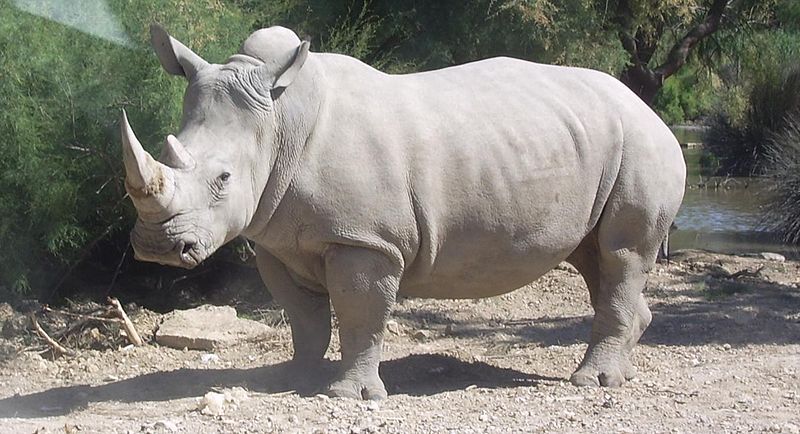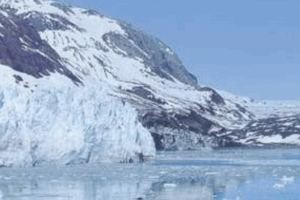The world’s last male northern white rhino named Sudan died after “age-related complications” in Ol Pejeta Conservancy, Kenya on 19th March 2018.
A statement from the Ol Pejeta Conservancy reads,‘the45-year-old rhino, who was suffering from muscle and bone deterioration and extensive skin wounds, was euthanised on Monday after his condition “worsened significantly”, leaving him unable to stand’.
Sudan was the last male of one of two subspecies of white rhinoceros native to the grasslands of central and southern Africa. The two forms of white rhino are subtly different — the northern form of the species is smaller, with different dental structure and shaggier ears and tail than its southern counterpart, and some scientists have even argued that they should be classified as different species, based on their genetic and morphological differences. Be that as it may, the southern white rhino has done much better for itself in the past 50 years than its northern counterpart, with recent numbers approaching 20,000 individuals compared to the two lonely females we’re left with after Sudan’s passing. The saddest part may be that Sudan and his northern brethren weren’t driven to the brink of extinction because they were simply bad at being rhinos.
Northern white rhinos were relatively common not so long ago — in 1960, around 2,000 of these gentle giants lived in their native range, which includes Chad, Uganda, Sudan, the Central African Republic and the Democratic Republic of the Congo. Because of where they lived, in the 1980s they found themselves casualties of a war that raged in their native territories during that time. The poaching pressures on northern white rhinos during this time were astronomical, and a few thousand animals were quickly whittled down to around 20, most of which were held by zoos around the world.
Sudan is the last in the sequence of the continuing extinction at alarming rate in Africa and Asian Countries. Post-colonial Africa and Asia are the the centres of extinction due to the loss of huge natural resources and habitat. Colonial regimes plundered the resources and made these countries barren. Of late, the neo-imperial policies coupled with corrupt ruling mafia (mostly juntas in Africa and puppet governments in Asia) are stranding the umbilical code between natural habitat and crucial specie of the ecosystems under the label of development.
Biodiversity has declined by more than a quarter in the last 35 years, mostly due to anthropogenic interferences and skewed development paradigm.
It is White Rhino today, Asian tiger tomorrow, Olive Ridley Turtle day after tomorrow and finally it will be ourselves, the sapiens.
Think of the last man to disappear from this planet which is not far away, probably another 200-300 year!!!


















